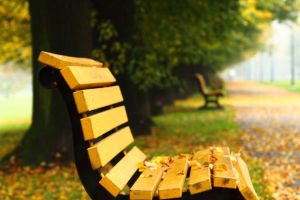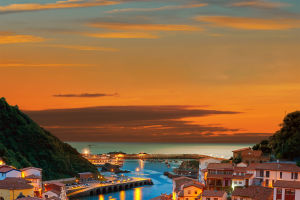Cityscape architecture refers to the collection of buildings in a city, including skyscrapers, bridges, and museums, which not only serve a functional purpose but also act as cultural and artistic expressions of the city.
These structures represent the history, style, temperament, and unique features of a city, often becoming symbols and icons of the area.
When photographing cityscape architecture, several considerations can be taken to capture the essence of the city.
Firstly, photographers should experiment with different angles and perspectives to photograph buildings, including upward, downward, and sideways shots.
By doing so, the photographer can add layers to the picture and create a sense of depth and three-dimensionality.
These unique angles can also highlight details that may have gone unnoticed, such as intricate designs or patterns on the facade of the building.
In addition to experimenting with angles, photographers should also take advantage of different lighting and weather conditions to capture the architecture's beauty.
Photographing buildings during sunrise or sunset can result in striking colors and atmospheres.
Shooting at night can showcase the building's artificial lighting and create a dramatic effect.
Weather conditions like rain or fog can add mood and texture to the image.
Furthermore, incorporating different foregrounds and backgrounds can add interest and enhance the picture's vividness.
Elements such as people, animals, plants, and water can be used to create a dynamic composition and add context to the architecture.
By incorporating these elements, the photographer can create a narrative or a sense of place within the picture.
It's also essential to consider the composition of the photograph.
The rule of thirds is a useful guideline for composing an image.
This guideline suggests dividing the frame into three equal parts vertically and horizontally, resulting in a grid with nine equal parts.
By placing the subject at the intersection of these lines, the composition can become more aesthetically pleasing and balanced.
Another crucial factor to consider is the use of perspective.
By using a wide-angle lens, the photographer can capture a broader view of the cityscape and create a sense of scale.
This technique can be particularly effective when photographing large buildings or structures.
In addition to technical considerations, the photographer should also strive to capture the emotion and personality of the city through their images.
Cityscape architecture is a reflection of the city's culture and history, and it's the photographer's job to showcase this.
By exploring different neighborhoods and areas of the city, the photographer can capture the city's unique character and tell its story through their pictures.
Cityscape architecture is a fascinating subject for photography.
By experimenting with angles, lighting, foregrounds, and backgrounds, photographers can create compelling and dynamic images that showcase the city's culture and history.
Incorporating the rule of thirds and using perspective can add interest and balance to the composition while exploring the city's different neighborhoods can help capture its unique character.
Ultimately, the photographer's job is to tell the city's story and capture its essence through its images.


